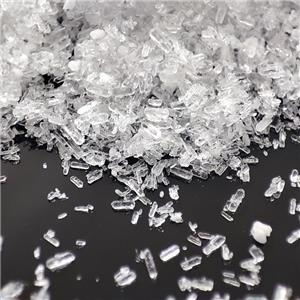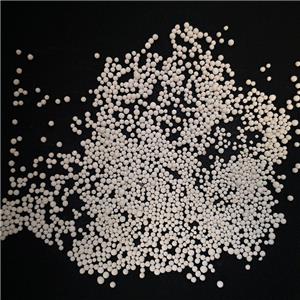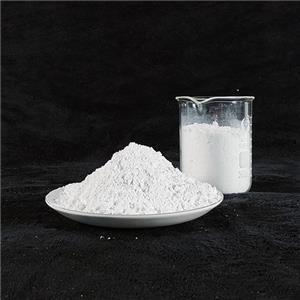What is the difference between light magnesium carbonate and heavy magnesium carbonate?-2
Performance and Applications: Each with its Own Unique Strengths
Due to their significant differences in physical properties, these two materials have diverged in their applications, each playing an irreplaceable role.
Applications of Light Magnesium Carbonate (utilizing its "light" and "fluffy" properties):
Sports and Anti-slip: The most common use is in the manufacture of gymnastic anti-slip powder (magnesium powder). Its lightweight and highly absorbent properties effectively absorb sweat from athletes' hands, increasing friction and preventing equipment slippage.
Food Industry: As a food additive (E504), it is used as an anti-caking agent, desiccant, and leavening agent. For example, it is used to prevent clumping in powdered foods (such as milk powder and sugar powder) or as a powder coating for chewing gum.
Pharmaceutical Industry: Due to its light texture and ease of mixing, it is often used as a filler and diluent for tablets.
Advanced Building Materials: Used in the production of thermal insulation and sound insulation materials, magnesium oxide cement, etc. Its porous structure effectively traps air, forming an insulating layer.
Rubber and Plastics: Used as a filler and reinforcing agent; its white color also makes it suitable as an inexpensive white pigment.
Applications of Heavy Magnesium Carbonate (utilizing its "heavy" and "dense" properties):
Health Products and Pharmaceuticals: Due to its high density and small volume, it is easier to compress into high-dose tablets. As an antacid, its breakdown rate in the stomach is more controlled, providing a longer-lasting and gentler relief, avoiding bloating caused by excessive carbon dioxide production during rapid reactions.
Food Industry: Also used as a food additive (E504), but in scenarios requiring high dosages without excessively increasing product volume, such as some concentrated nutritional supplements.
Chemicals and Industries: Used as a dense raw material for manufacturing other magnesium salts (such as magnesium oxide), offering superior production efficiency due to its high content per unit volume. Also used as a filler in the ceramics, glass, and coatings industries.

Summary and Comparison
To more clearly illustrate the differences, please see the table below:
| Properties | Light Magnesium Carbonate | Heavy Magnesium Carbonate |
| Chemical Formula Usually basic magnesium carbonate (3MgCO₃·Mg(OH)₂·3H₂O) Mainly MgCO₃, closer to stoichiometry | ||
| Physical State Loose | light white powder Dense | heavy white powder or granules |
| Bulk Density | Low (approx. 0.1 - 0.3 g/cm³) | High (approx. 0.7 - 1.2 g/cm³) |
| Specific Surface Area | Large | Small |
| Production Process | Chemical synthesis | Natural mineral grinding or light conversion |
| Main Applications | Anti-slip powder, food anti-caking agent, pharmaceutical filler | thermal insulation material Anti-acid tablets, high-density supplements, industrial fillers |
Conclusion
In conclusion, light magnesium carbonate and heavy magnesium carbonate are "siblings of the same kind but different characteristics." They share the name "magnesium carbonate," but due to differences in microstructure and physical density, they have taken completely different application paths. When making a choice, the key is to clearly define your needs: if you need a fluffy, absorbent, non-slip material, or to act as a leavening agent, lightweight materials are the first choice; if you need high density, a slow-release effect, or to act as a high-content filler, heavyweight materials are more suitable. Understanding the intricacies between these two types of materials allows you to better utilize their unique properties.




